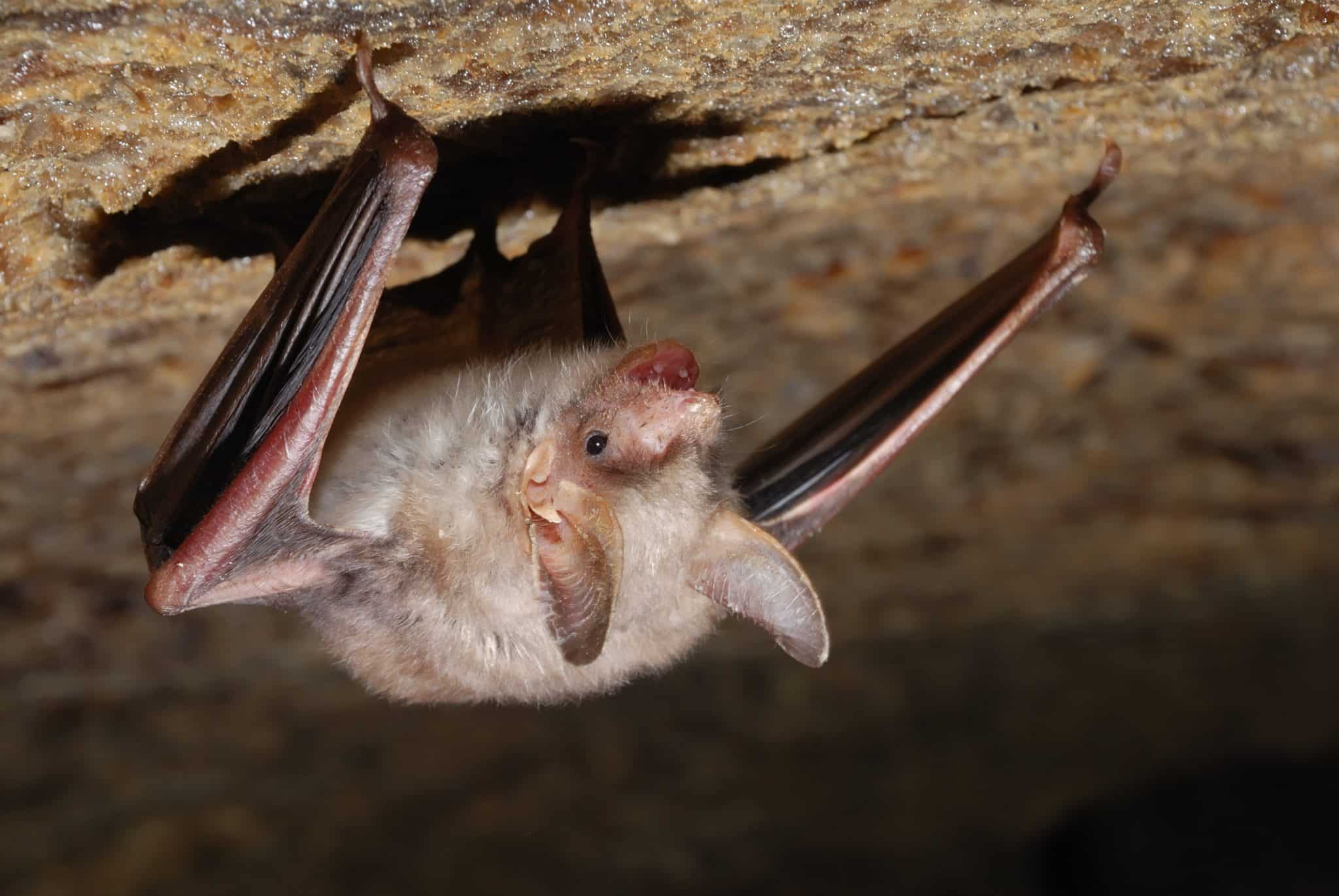

Articles
How To Get Rid Of Bats In The Attic
Modified: December 7, 2023
Learn effective methods and tips to safely remove bats from your attic with our informative articles. Say goodbye to unwanted bat infestations and regain control of your home.
(Many of the links in this article redirect to a specific reviewed product. Your purchase of these products through affiliate links helps to generate commission for Storables.com, at no extra cost. Learn more)
Introduction
Having bats in your attic can be a cause for concern. Not only do they create a mess with their droppings and urine, but they can also pose health risks due to the potential spread of diseases such as rabies. In addition, the constant chirping and fluttering of wings can be annoying and disruptive to your daily life. If you find yourself dealing with a bat infestation in your attic, it’s important to take action promptly to prevent further damage and ensure the safety of your household.
In this article, we will discuss various methods you can employ to effectively get rid of bats in your attic. From natural remedies to exclusion techniques, we will explore different approaches you can take to handle the situation. We will also touch on the importance of safety precautions and the legal considerations you should keep in mind while dealing with bat removal.
Before we dive into the methods, it’s crucial to understand the signs that indicate the presence of bats in your attic. This will help you confirm the issue and take appropriate measures to resolve it.
Key Takeaways:
- Safely and effectively removing bats from your attic requires understanding the signs of infestation, prioritizing safety precautions, and considering natural or professional removal methods to prevent health risks and property damage.
- Legal compliance is crucial when dealing with bat removal, including checking local laws, obtaining permits if necessary, and hiring licensed professionals to ensure ethical and responsible practices while safeguarding the conservation of bat populations.
Signs of Bats in the Attic
Identifying the signs of a bat infestation in your attic is the first step towards effective removal. Here are some common indicators that bats may have taken up residence in your attic:
- Noises: Bats are nocturnal creatures, so you may hear scratching, crawling, or squeaking sounds coming from your attic during the night. These noises are often a result of bats flying in and out or roosting in the space.
- Droppings: Bat droppings, also known as guano, resemble small, elongated pellets. If you notice such droppings scattered around your attic, it’s likely that bats are present.
- Stains and Grease Marks: Bats have oily fur, which can leave greasy stains on surfaces they come into contact with. Look for greasy smudges on walls, ceilings, and around entry points.
- Distinct Odor: Bats have a strong musky odor. If you detect a musty smell in your attic, it could be a sign of their presence.
- Visible Entry Points: Bats usually enter and exit the attic through small openings, such as gaps in siding, roof vents, or chimneys. Look for signs of bats squeezing through these entry points, including droppings or guano residue.
It’s important to note that spotting one or two bats flying around your property doesn’t necessarily mean you have an infestation in your attic. If the bats are consistently entering and exiting their roosting spot in your attic, then it’s likely a sign of an infestation.
If you observe any of the above signs, it’s crucial to address the issue promptly to prevent further damage and potential health risks. In the next section, we will discuss why having bats in the attic can be problematic.
Why Bats in the Attic are a Problem
Having bats in the attic may seem harmless at first, but it can lead to several issues that should be addressed. Here are some reasons why bats in the attic can be a problem:
- Health Risks: Bats can carry diseases such as rabies, histoplasmosis, and bat bugs. Their droppings can also harbor harmful fungi and bacteria. Exposure to these pathogens can pose risks to you and your family’s health.
- Destruction and Mess: Bats can leave behind significant amounts of droppings, also known as guano, which can accumulate over time. This can lead to foul odors, staining, and potential damage to insulation, ceilings, and electrical wires in the attic.
- Noise and Disruption: The constant fluttering of bat wings and their vocalizations can be disruptive, especially at night when you’re trying to sleep. This disturbance can lead to sleep deprivation, stress, and a decrease in overall well-being.
- Structural Damage: Bats can cause structural damage to your attic as they create entry and exit points. Over time, these openings can compromise the integrity of your roof and lead to leaks, water damage, and increased energy costs.
- Legal Concerns: Some bat species are protected by law due to their declining populations. It’s important to handle bat removal in compliance with local regulations to avoid legal issues and fines.
Given the potential risks and problems associated with bats in the attic, it’s crucial to take appropriate action to remove them from your property. In the following sections, we will discuss various methods and precautions you can take to effectively get rid of bats in the attic and prevent their return.
Safety Precautions Before Removing Bats
When dealing with bats in the attic, it’s important to prioritize safety for yourself, your family, and the bats. Here are some essential safety precautions to consider before attempting to remove bats from your attic:
- Protective Clothing and Gear: Before entering the attic, ensure that you are wearing appropriate protective clothing such as long sleeves, pants, gloves, and a respirator mask. This will help minimize your exposure to bat droppings, urine, and potential diseases.
- Seal Off Living Spaces: Make sure to close off any openings that lead from the attic to the rest of your home. This will prevent bats from entering inhabited areas, reducing the risk of encounters and potential bites.
- Work at Night: Bats are nocturnal creatures and are most active during the night. Plan your removal efforts accordingly to take advantage of their natural behavior and reduce their interference during the process.
- Avoid Direct Contact: Bats can become aggressive if they feel threatened. It’s important to avoid direct contact or attempts to handle bats yourself. Instead, seek professional assistance or employ techniques that encourage bats to leave on their own.
- Proper Disposal of Guano: If you’re removing bat droppings, take proper precautions by wetting the area beforehand to minimize the release of potentially harmful particles into the air. Double-bag the droppings and dispose of them in accordance with local regulations.
- Hire Professionals: If you’re unsure or uncomfortable with handling the bat removal process yourself, it’s best to hire a licensed professional bat removal service. They have the expertise and equipment to handle the removal safely and effectively.
Remember, safety should always be your top priority when dealing with bats in the attic. By following these precautions, you can minimize the risks involved and ensure a successful removal process. Next, we will explore natural methods you can consider to get rid of bats in the attic.
Natural Methods to Get Rid of Bats in the Attic
If you prefer to take a more humane and natural approach to remove the bats from your attic, there are several methods you can try. Keep in mind that these methods may take time and patience, but they can be effective in encouraging bats to find alternative roosting locations. Here are some natural methods to consider:
- Use Light and Noise: Bats prefer dark and quiet spaces. By installing bright lights or playing loud music or high-frequency sound devices in the attic, you can create an environment that bats find uninviting and encourage them to leave.
- Install Bat Houses: Providing alternative roosting options can help redirect bats away from your attic. Install bat houses in nearby areas where bats can find shelter and roost comfortably, such as on trees or poles.
- Seal Entry Points: Carefully inspect your attic for any openings or gaps that bats may use as entry points. Seal these openings with materials such as caulk, mesh screens, or expanding foam. It’s important to do this when bats are not present, typically during the winter months when they hibernate.
- Repellents: Some natural repellents, such as peppermint oil or predator urine, can discourage bats from roosting in your attic. However, it’s important to note that repellents may not be 100% effective and should be used in conjunction with other methods.
- Trim Trees and Vegetation: Bats often use nearby trees and vegetation as launching and landing spots. By trimming branches and clearing vegetation close to your home, you can make it less accessible and appealing for bats to reach your attic.
While these natural methods can be effective, it’s important to be patient and consistent with their implementation. It’s crucial to remember that removing bats from your attic requires a careful and considerate approach. In the next section, we will discuss exclusion methods that can prevent bats from returning to your attic once they have been removed.
Seal all entry points, install one-way exclusion devices, and use bright lights and loud noises to encourage bats to leave the attic. Once they’re gone, clean and disinfect the area to prevent their return.
Read more: How To Get Rid Of Bats On Porch
Exclusion Methods to Prevent Bats from Returning
Once you have successfully removed the bats from your attic, it’s essential to take proactive steps to prevent them from returning. Bats are persistent creatures and can find their way back if proper exclusion measures are not implemented. Here are some exclusion methods to consider:
- Seal Entry Points: Thoroughly inspect your attic for any remaining openings or gaps that bats can use to re-enter. Close off these entry points using materials that are bat-proof, such as hardware cloth or metal mesh.
- Install Bat Cones: Bat cones or one-way exclusion devices can be placed over entry points to allow bats to exit the attic but prevent them from re-entering. These devices are effective in ensuring that bats do not return to their previous roosting spot.
- Trim Nearby Trees and Vegetation: Keep trees and vegetation trimmed to prevent bats from using them as launching points to access your attic. Eliminating these easy access points can discourage bats from returning.
- Repair and Maintain Your Roof: Regularly inspect and maintain your roof for any damage or gaps that can provide entry for bats. Repairing any issues promptly will help prevent future infestations.
- Install Bat Deterrents: Consider using bat deterrent devices such as ultrasonic emitters or reflective materials. These deter bats by creating discomfort or confusion, making them less likely to roost in your attic.
It’s important to note that exclusion methods should be carried out during the appropriate season when bats are not present, typically in the fall or winter. This ensures that the bats have ample time to find alternative roosting locations before sealing off their access to the attic.
While these exclusion methods can be effective, it’s always advisable to consult with a professional bat removal service to ensure proper implementation and to comply with local regulations.
In some cases, it may be necessary to seek the assistance of professionals who specialize in bat removal. They have the knowledge, experience, and equipment to implement exclusion methods effectively and ensure that bats do not return to your attic.
Hiring a Professional Bat Removal Service
Dealing with a bat infestation in your attic can be a complex and potentially hazardous task. Hiring a professional bat removal service is often the best approach to ensure safe and effective removal of bats from your property. Here are some reasons why hiring a professional is beneficial:
- Expertise and Experience: Professional bat removal services have the necessary knowledge and experience in handling bat infestations. They understand bat behavior, biology, and the most effective methods for removal and prevention.
- Safe and Humane Techniques: Professionals prioritize humane methods to remove bats, ensuring the safety of both humans and bats. They use specialized equipment, such as exclusion devices and protective gear, to safely and effectively remove bats without causing harm.
- Comprehensive Assessment: A professional will conduct a thorough assessment of your property to identify entry points and potential roosting areas. They will develop a customized plan tailored to your specific situation, addressing the unique challenges of your attic and ensuring that all bats are removed.
- Proper Cleanup and Sanitization: Bat droppings can be a health hazard due to the presence of pathogens. Professional bat removal services have the necessary equipment and expertise to safely clean up and sanitize the affected areas, minimizing the risk of disease transmission.
- Legal Compliance: Bats are protected by laws in many regions due to their declining populations. A professional bat removal service will be well-versed in local regulations and ensure that the removal process is carried out in compliance with the law.
- Prevention and Exclusion: Professionals not only remove bats from your attic but also provide recommendations for long-term prevention and exclusion. They can seal off entry points, install bat cones, and offer advice on maintaining a bat-free environment.
When selecting a professional bat removal service, it’s important to do your research and choose a reputable and experienced company. Look for certifications, licenses, and positive customer reviews to ensure that you’re hiring a trustworthy and knowledgeable service provider.
By enlisting the help of professionals, you can have peace of mind knowing that the bat infestation in your attic will be handled safely, effectively, and in compliance with legal requirements.
However, it’s worth noting that hiring a professional bat removal service may come at a cost. If you prefer to explore DIY methods, be sure to educate yourself and follow safety precautions diligently.
Next, we will touch on the legal considerations you should keep in mind when removing bats from your attic.
Legal Considerations for Removing Bats
When dealing with bat removal from your attic, it’s important to be aware of and adhere to any legal regulations and considerations. Bats are protected species in many regions due to declining populations and their ecological importance. Here are some key legal considerations to keep in mind:
- Check Local Laws: Familiarize yourself with the local laws and regulations concerning bats. These may vary from one jurisdiction to another, so it’s essential to understand the specific requirements and restrictions in your area.
- Protected Species: In many regions, certain species of bats are protected under wildlife conservation laws. Killing or harming bats, disturbing their roosts, or removing them without proper authorization can lead to legal consequences and penalties.
- Permit Requirements: Depending on your location and the extent of the infestation, you may require a permit to legally remove bats from your attic. Consult with your local wildlife or environmental agency to determine if a permit is necessary and to obtain the required documentation.
- Seasonal Restrictions: Some jurisdictions have specific seasons during which bat removal is permitted. For example, removing bats during their breeding or hibernation periods may be prohibited. It’s important to time the removal process appropriately and in accordance with local regulations.
- Hire Licensed Professionals: When seeking professional bat removal services, ensure that the company is licensed and knowledgeable about local regulations. They should be well-versed in legal requirements and adhere to ethical and humane practices.
- Alternative Roosting Options: As part of legal compliance, it may be necessary to provide alternative roosting options for bats when removing them from your attic. This can include installing bat houses in suitable locations nearby to mitigate the impact of removal.
By understanding and respecting the legal considerations, you can ensure that the bat removal process is carried out in a legal and responsible manner. It’s always advisable to consult with local authorities or wildlife agencies to seek guidance and clarification regarding any legal requirements or concerns specific to your area.
Remember, protecting and conserving bat populations is crucial for maintaining ecological balance. Taking the appropriate legal measures while addressing bat infestations in your attic contributes to the preservation of these vital creatures.
Finally, let’s conclude our discussion on removing bats from the attic.
Conclusion
Dealing with bats in the attic can be a challenging and potentially hazardous situation. However, by taking proactive measures and following the appropriate methods, you can effectively remove bats and prevent them from returning. Whether you choose natural remedies, exclusion techniques, or seek professional assistance, it’s crucial to prioritize safety, humane practices, and legal compliance throughout the process.
Before taking any action, carefully assess the signs of bat infestation in your attic. Look for clues such as noises, droppings, stains, and visible entry points. Understanding these signs will help confirm the presence of bats and guide your removal efforts.
Next, consider the potential problems associated with bats in the attic, including health risks, damage to property, and legal concerns. Recognizing the risks can motivate you to address the issue promptly and take appropriate action to safeguard your home and family.
When removing bats from the attic, safety precautions are paramount. Use protective clothing, seal living spaces, and work at night when bats are active. If you’re unsure or uncomfortable with handling the removal, consider hiring a professional bat removal service. They have the expertise and knowledge to ensure a safe and effective removal process.
Natural methods, such as using light and noise or installing bat houses, can encourage bats to leave on their own. Exclusion methods, like sealing entry points and installing bat cones, prevent bats from returning to the attic. It’s important to conduct these exclusion measures properly and comply with local laws and regulations.
Lastly, always be aware of the legal considerations surrounding bat removal. Bats are protected species, and removing them without proper authorization can lead to legal consequences. Familiarize yourself with the local laws, obtain necessary permits if required, and hire licensed professionals who adhere to legal and ethical practices.
By taking these steps, you can successfully rid your attic of bats while ensuring the safety and conservation of these valuable creatures. Remember to prioritize proper bat removal techniques, respect their ecological role, and contribute to the protection of biodiversity.
With a diligent and responsible approach, you can resolve your bat infestation issues and enjoy a bat-free attic for years to come!
Frequently Asked Questions about How To Get Rid Of Bats In The Attic
Was this page helpful?
At Storables.com, we guarantee accurate and reliable information. Our content, validated by Expert Board Contributors, is crafted following stringent Editorial Policies. We're committed to providing you with well-researched, expert-backed insights for all your informational needs.
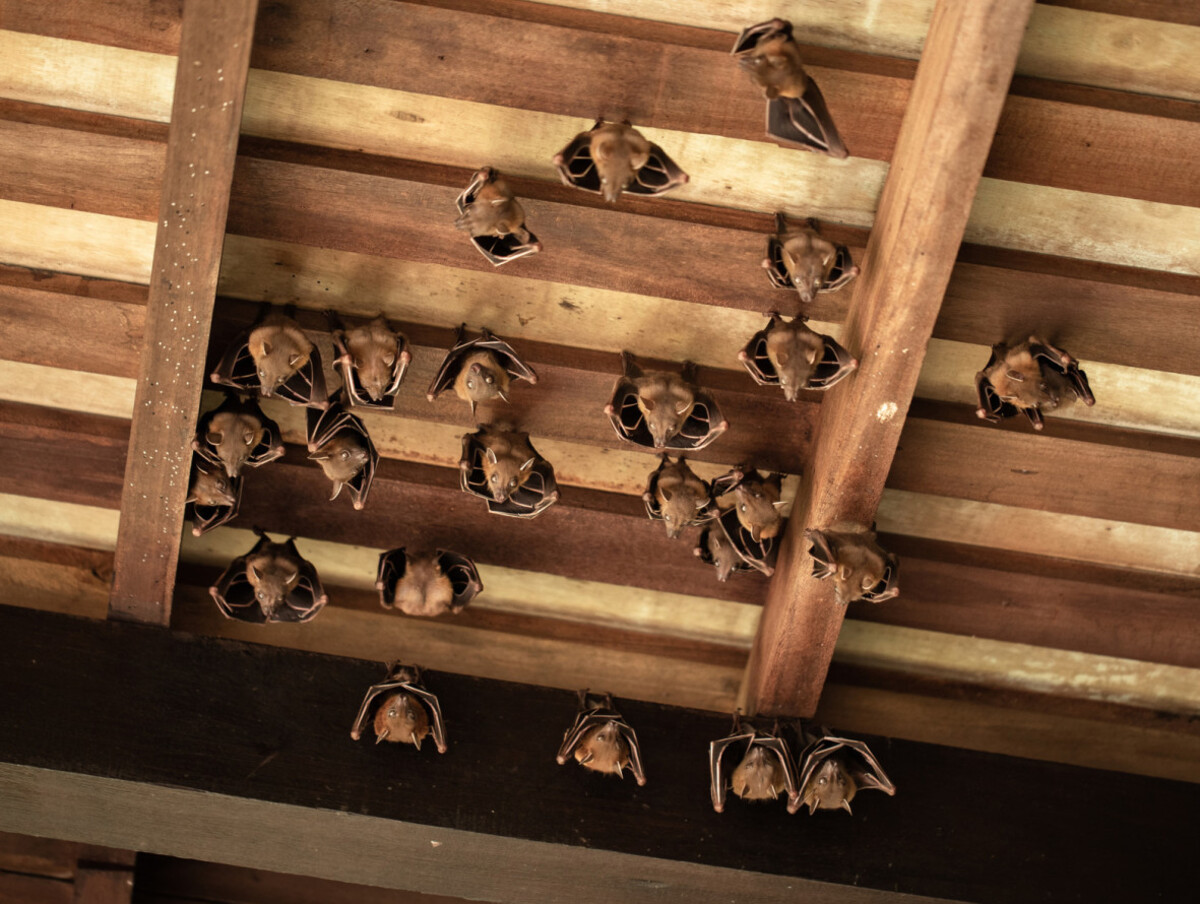
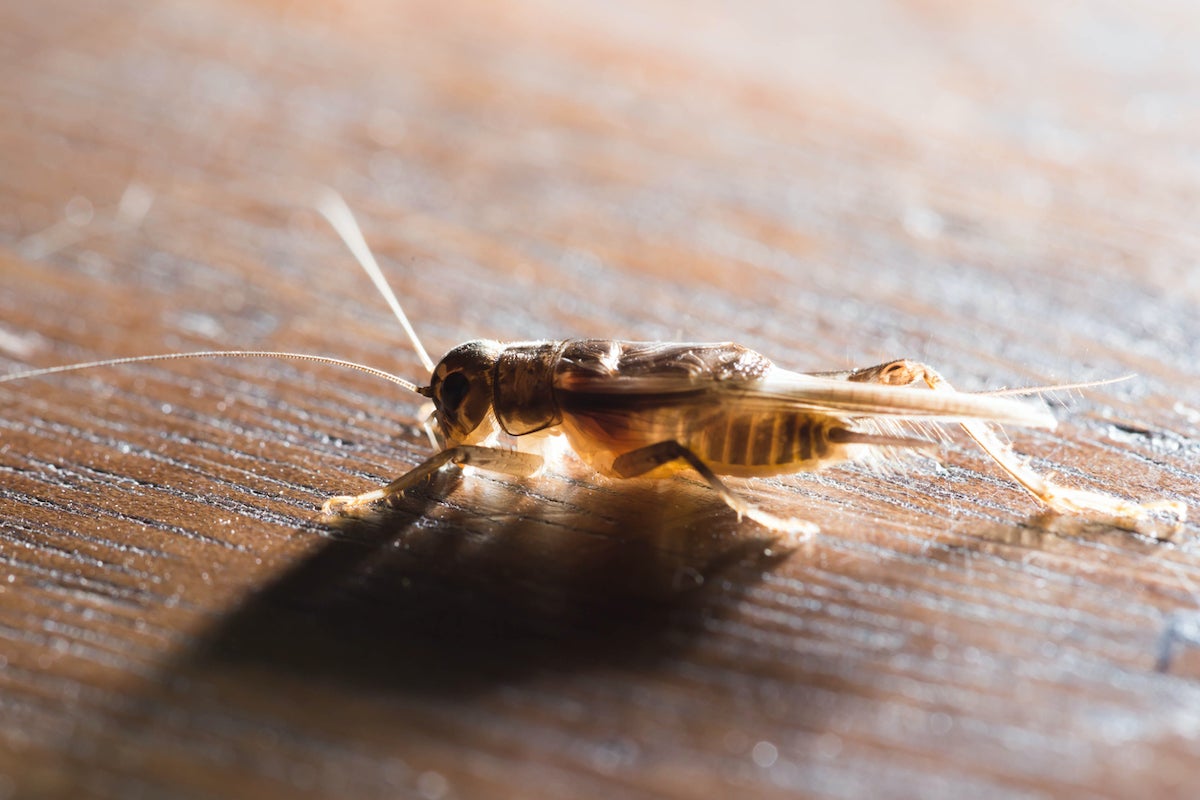

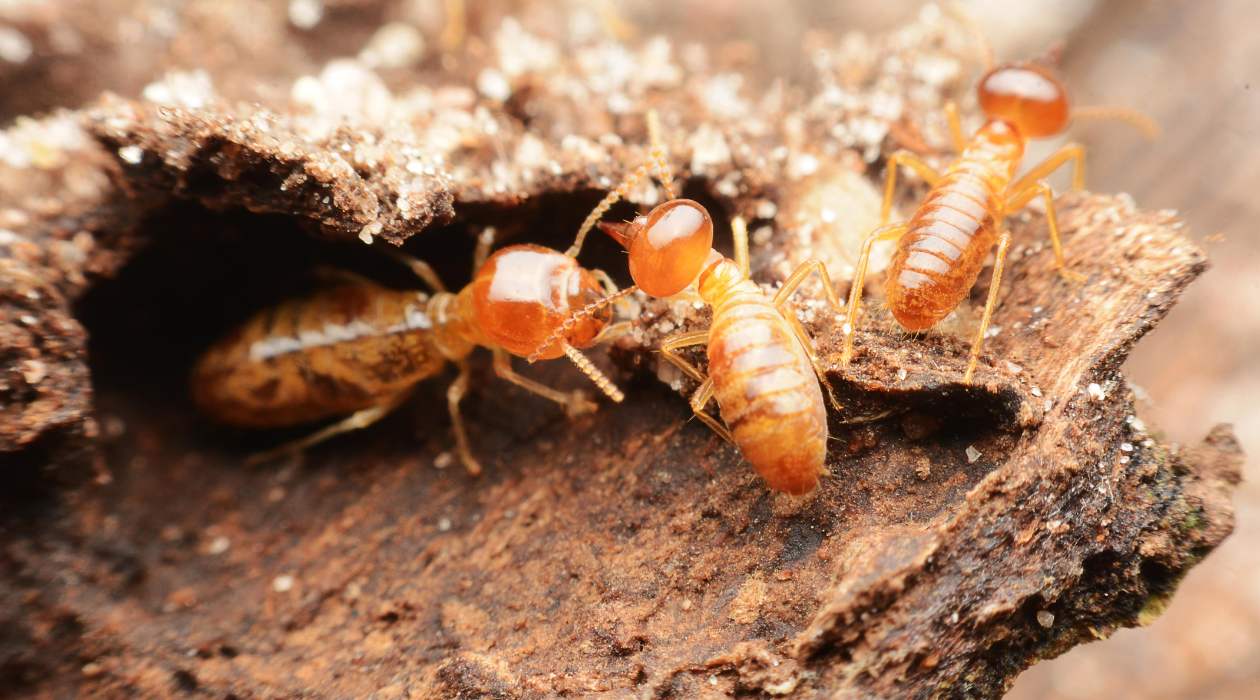
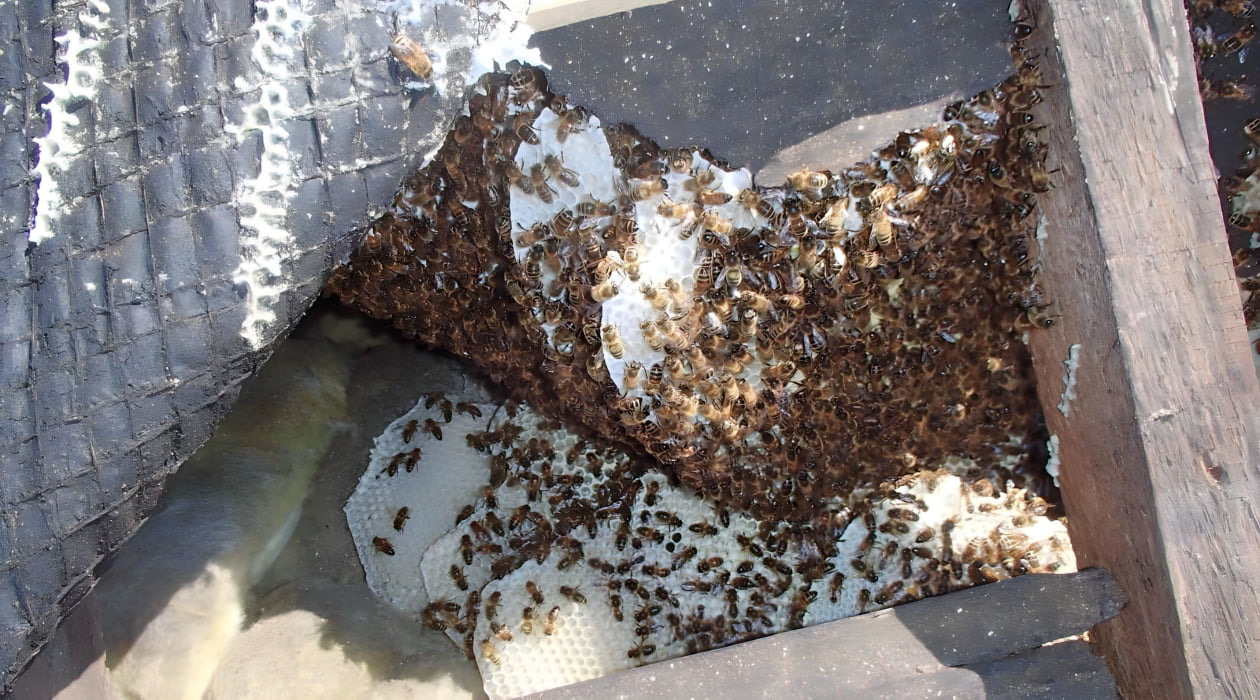
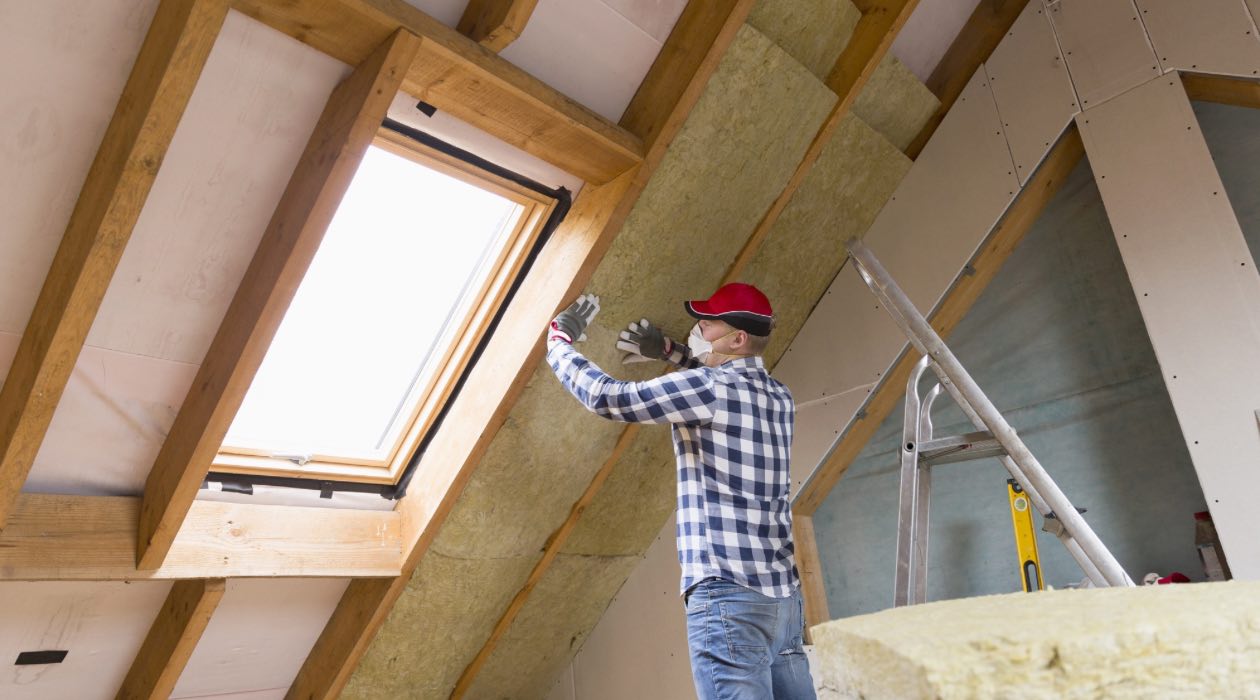
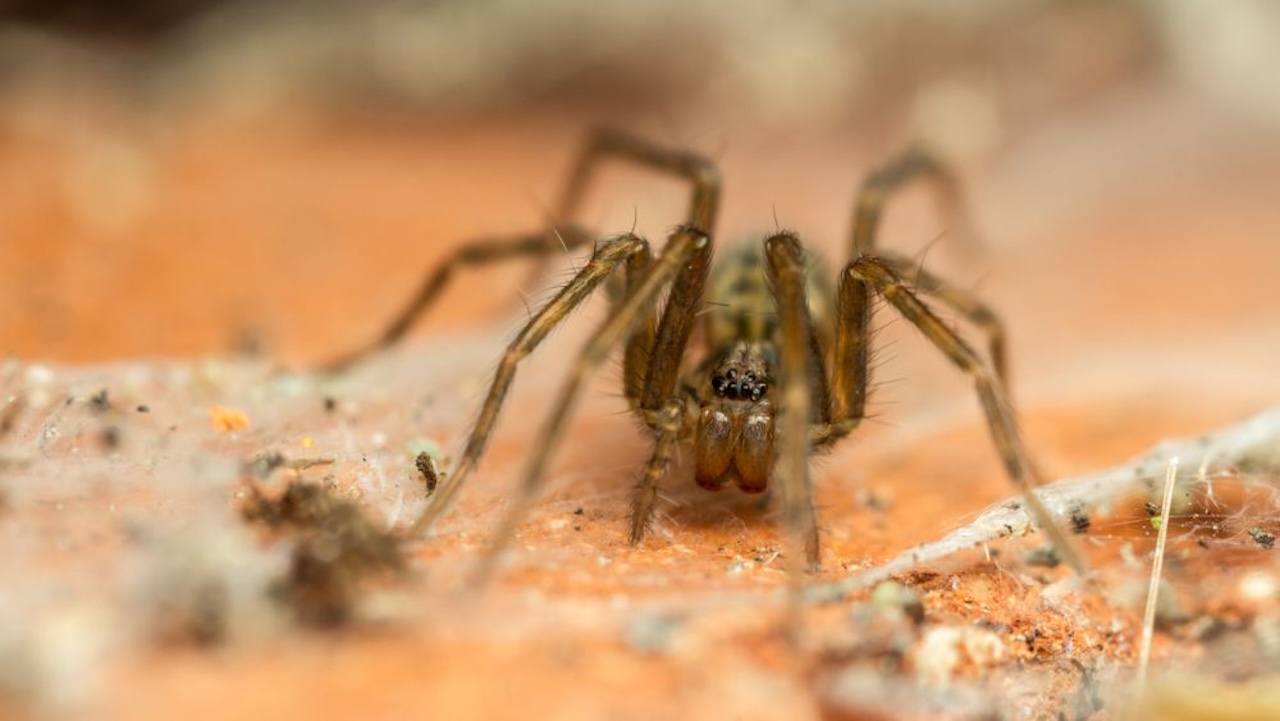
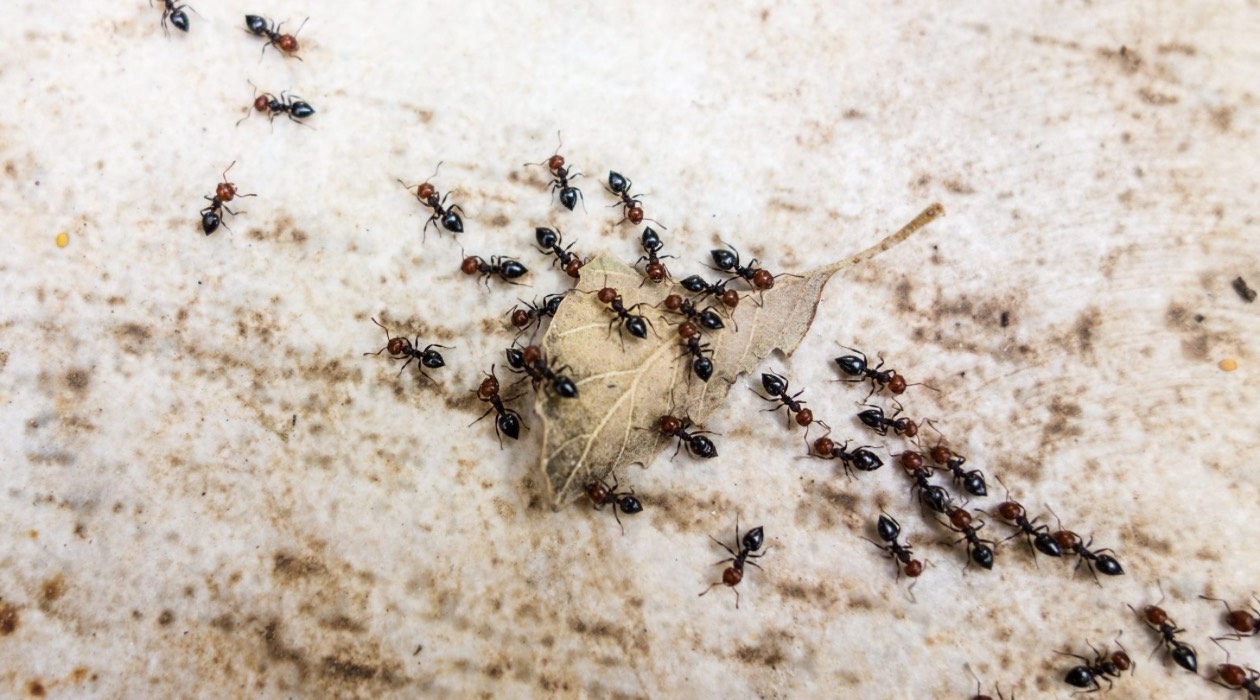
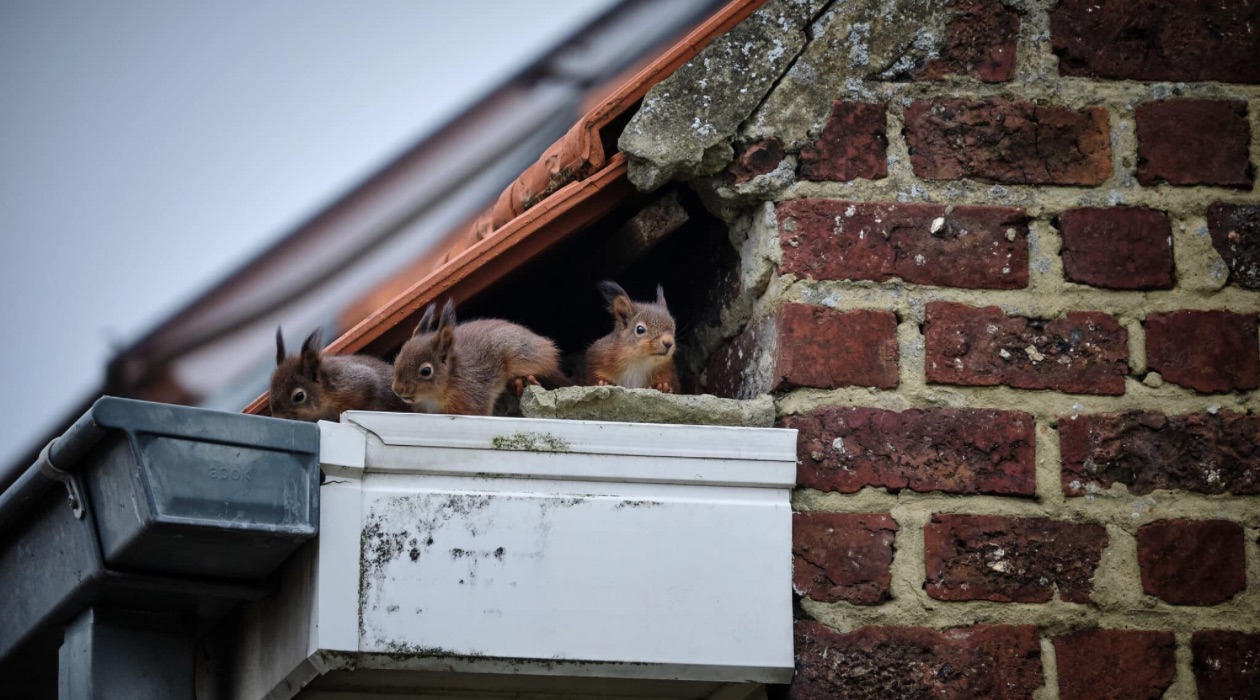
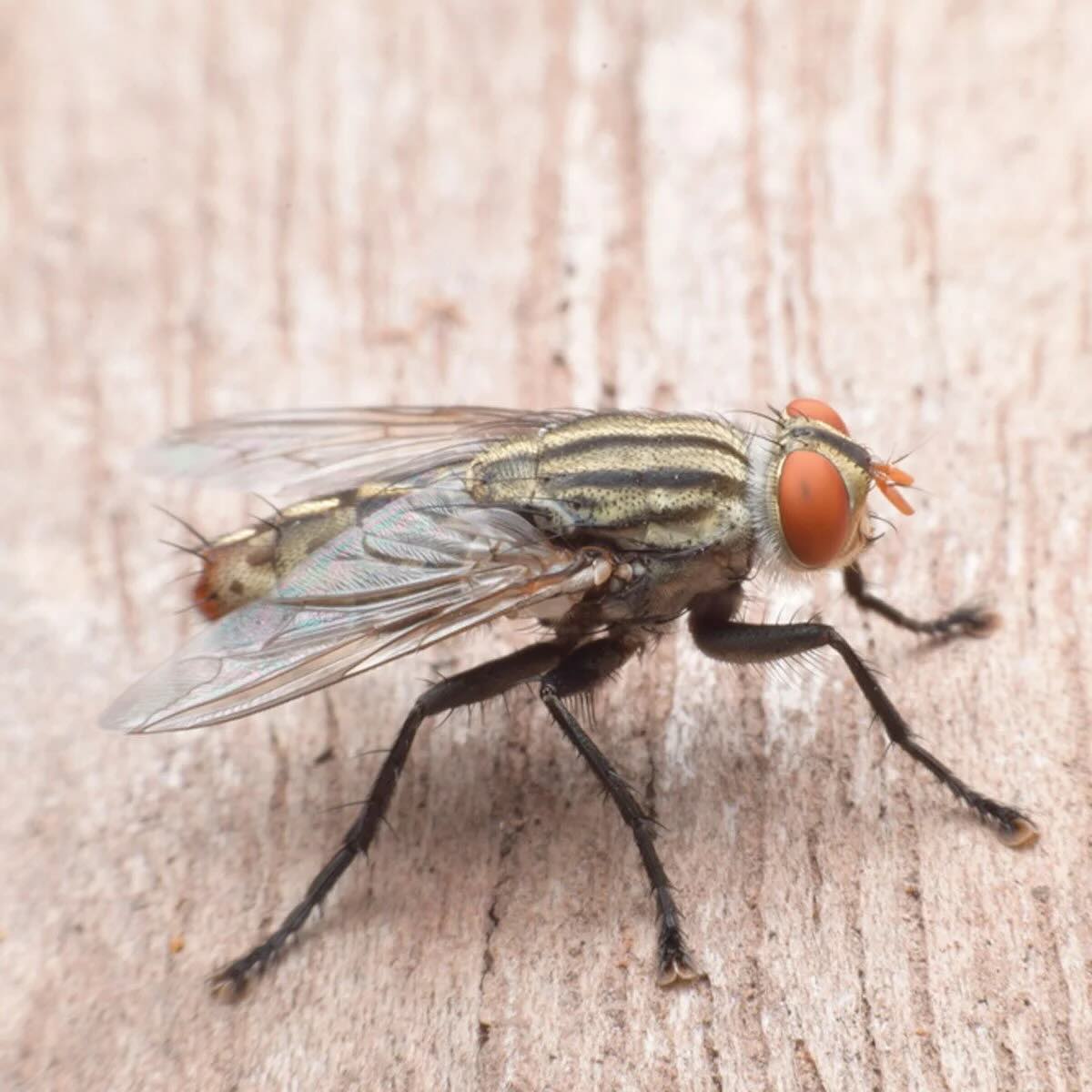

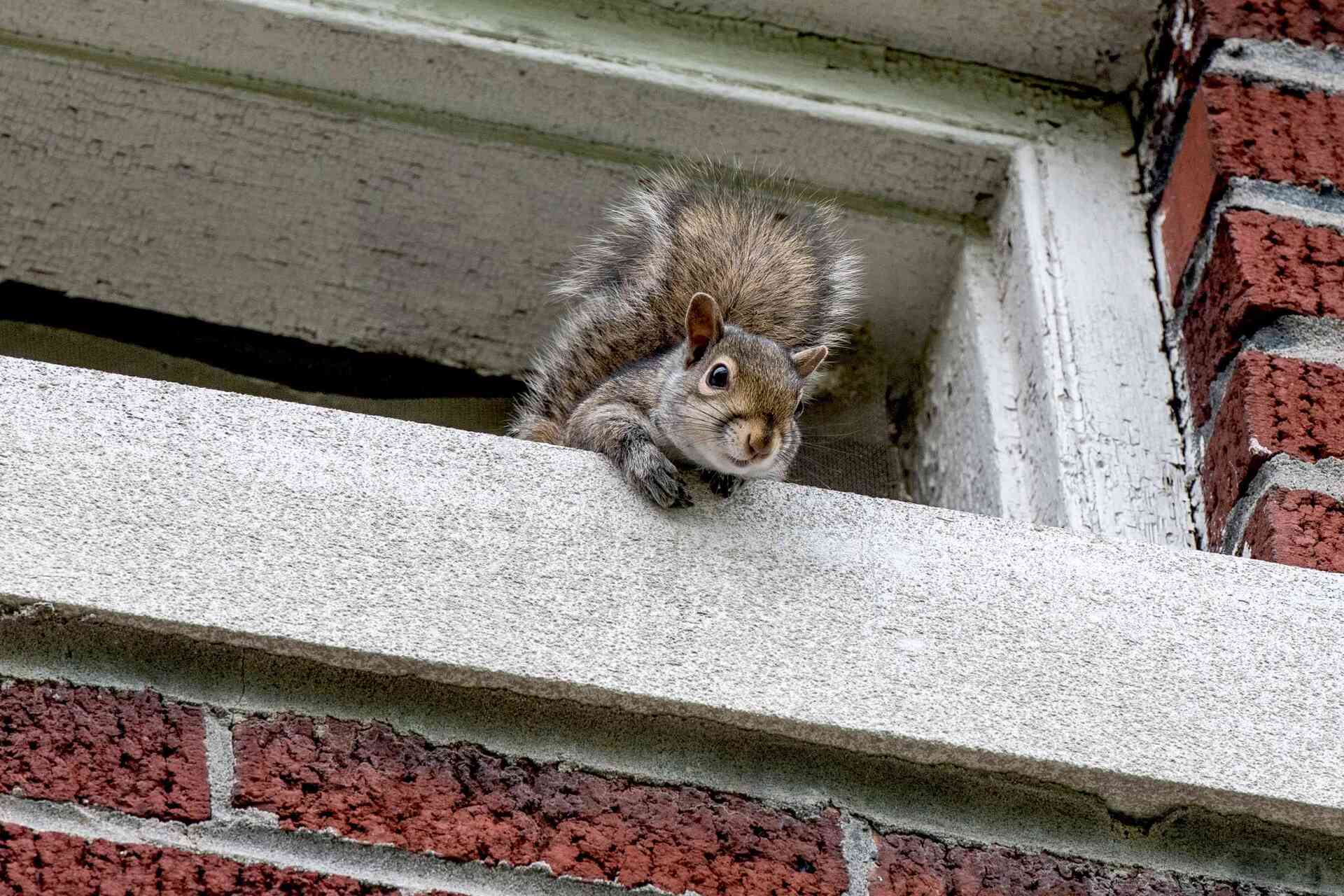
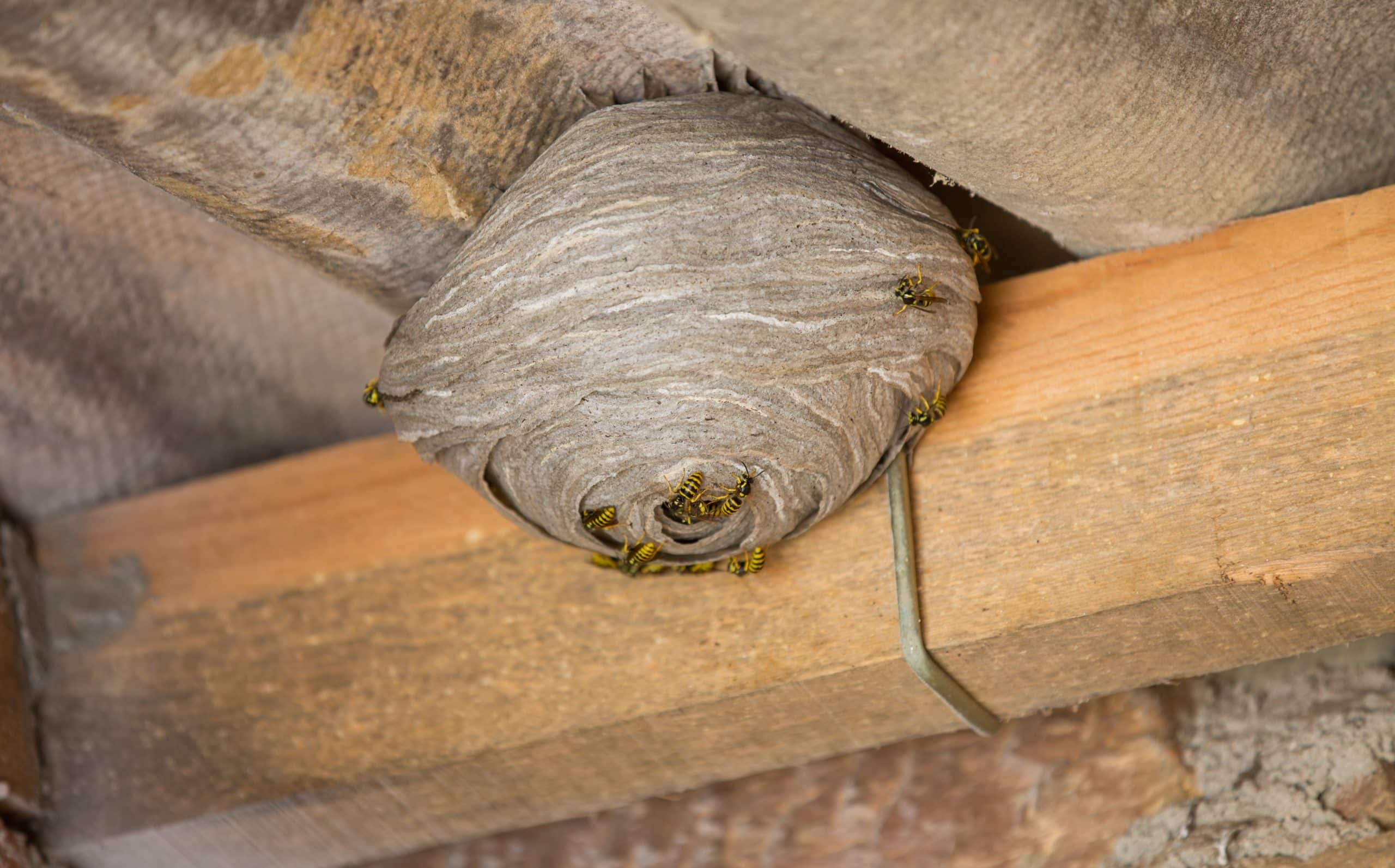
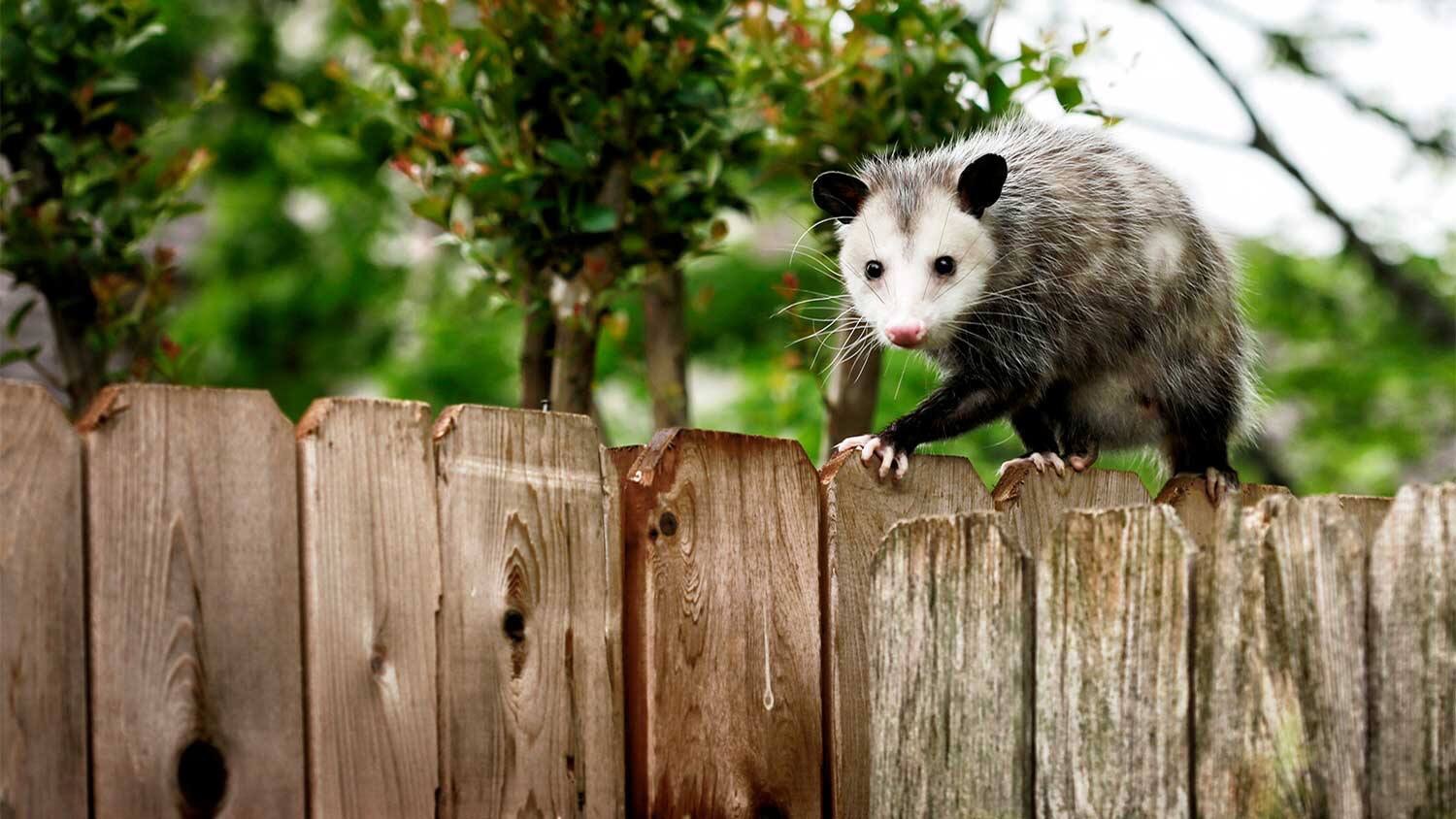

0 thoughts on “How To Get Rid Of Bats In The Attic”